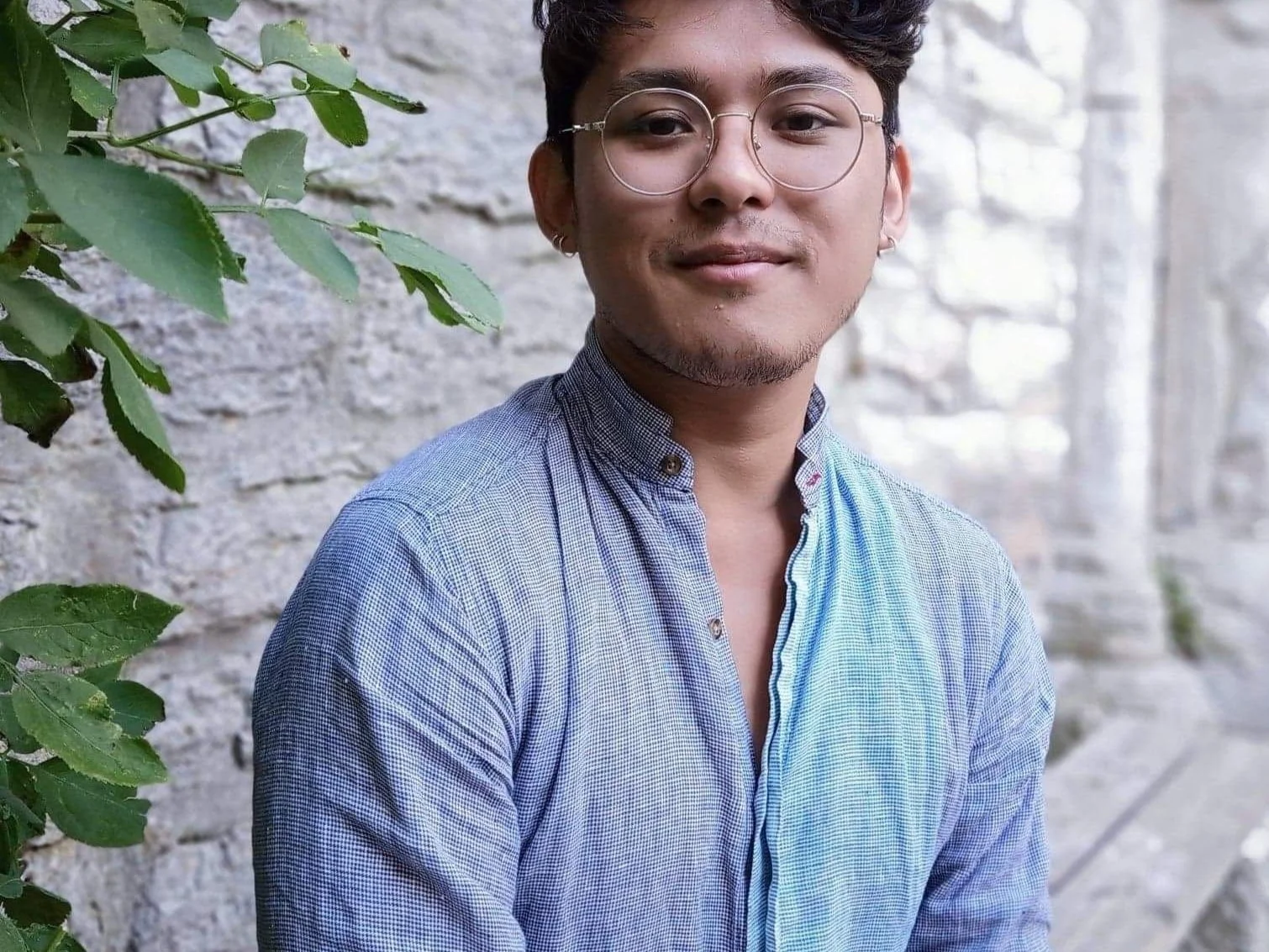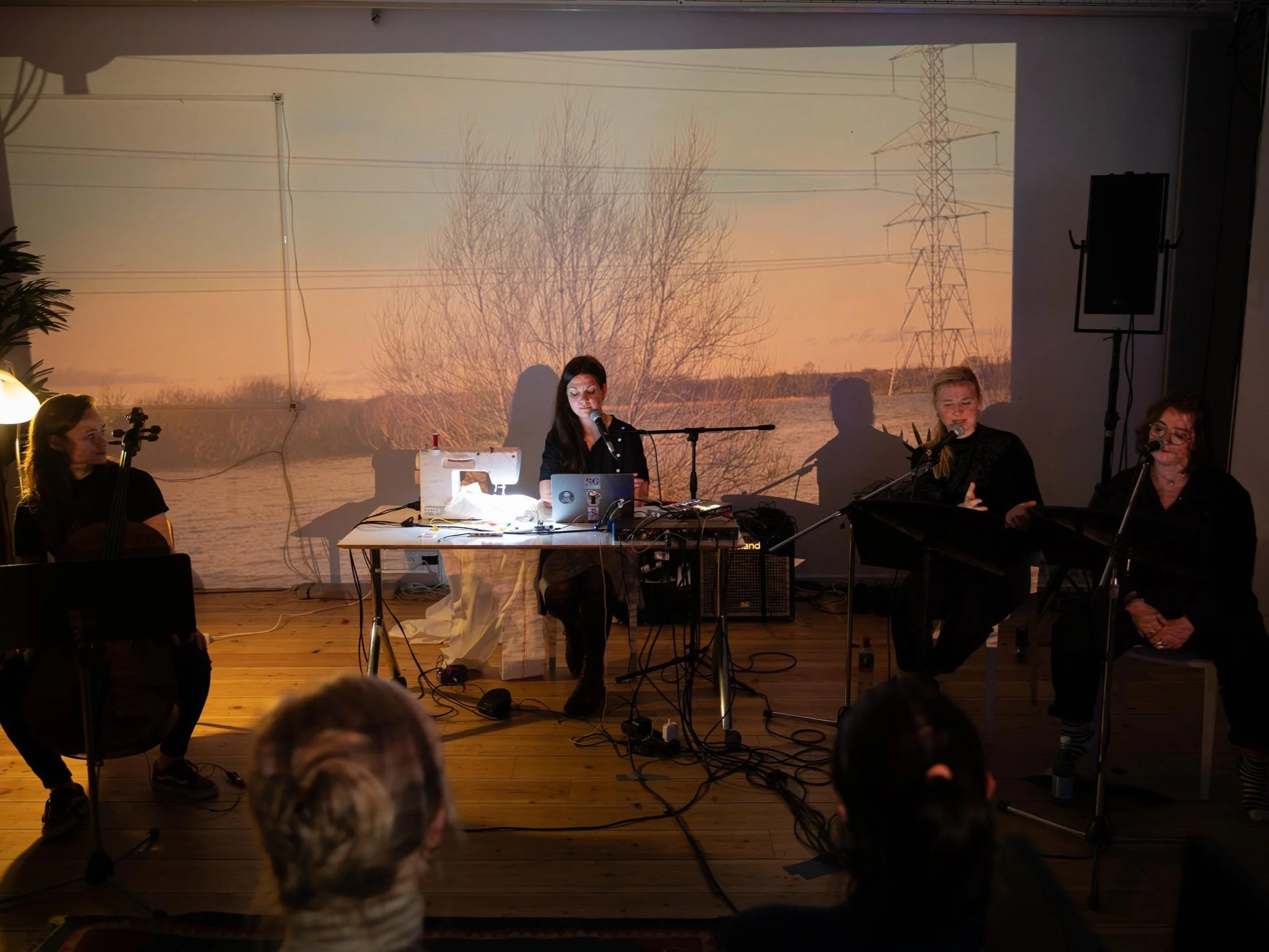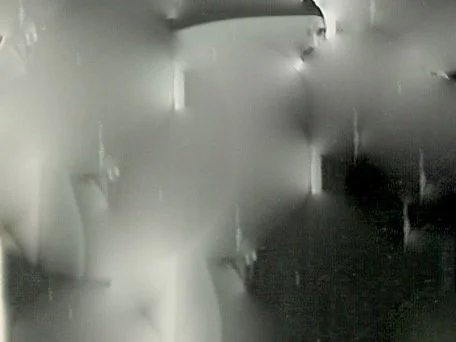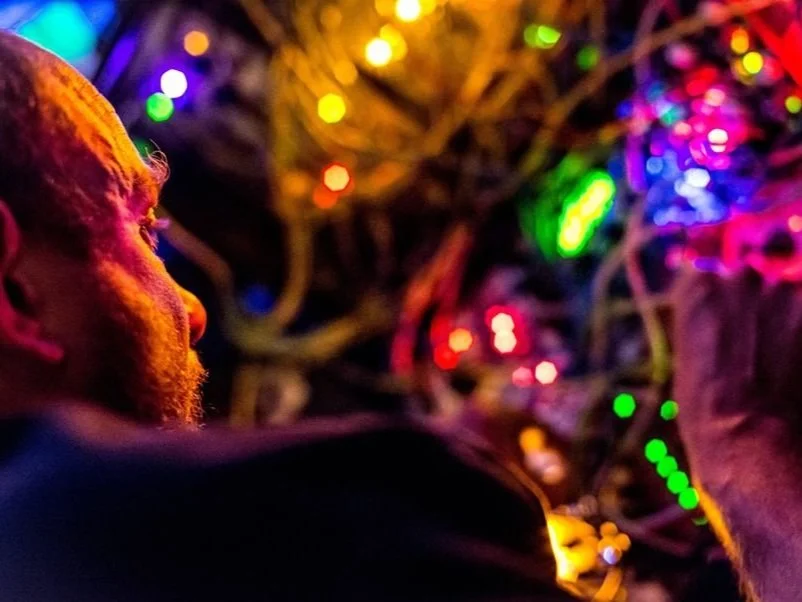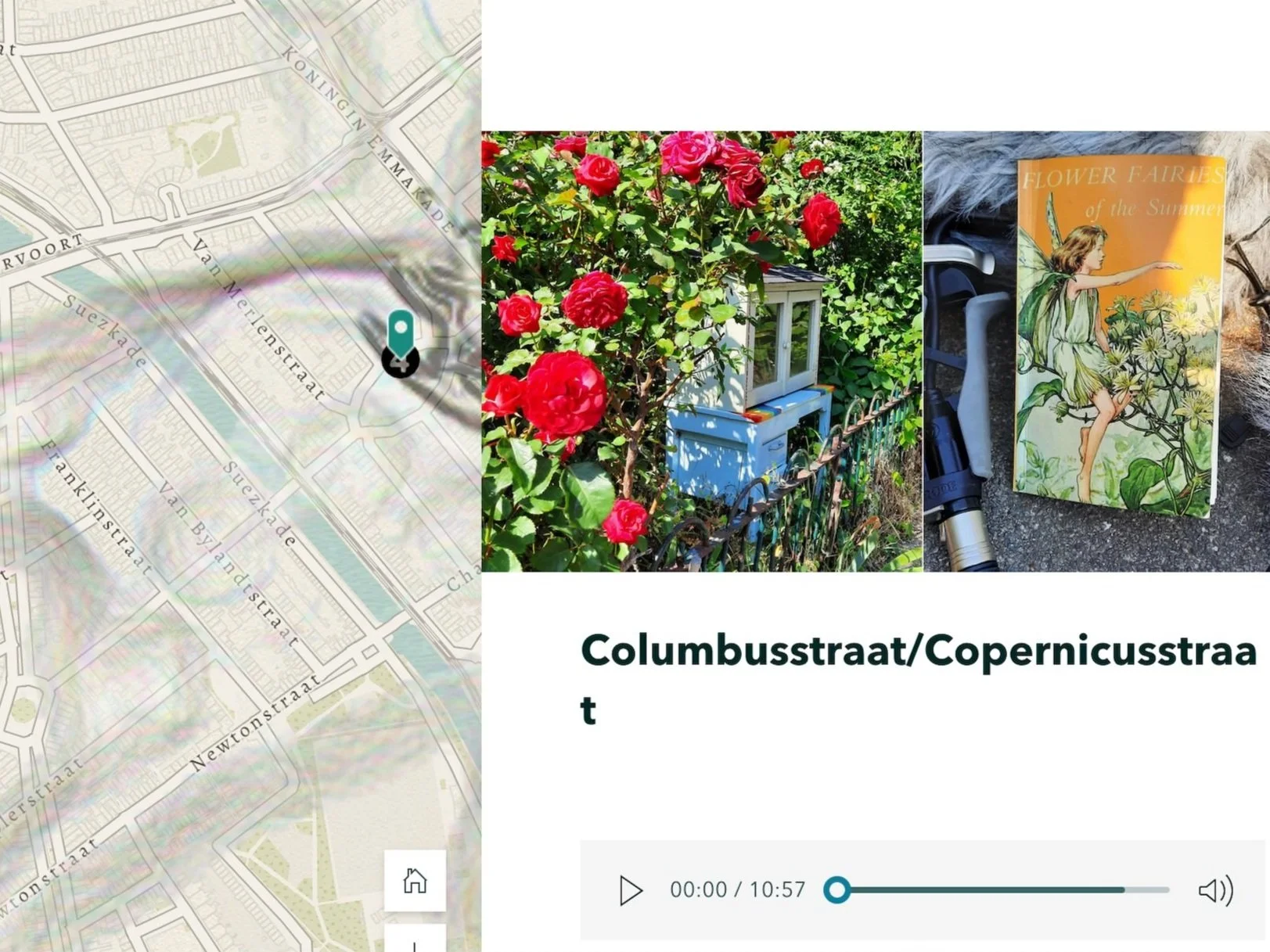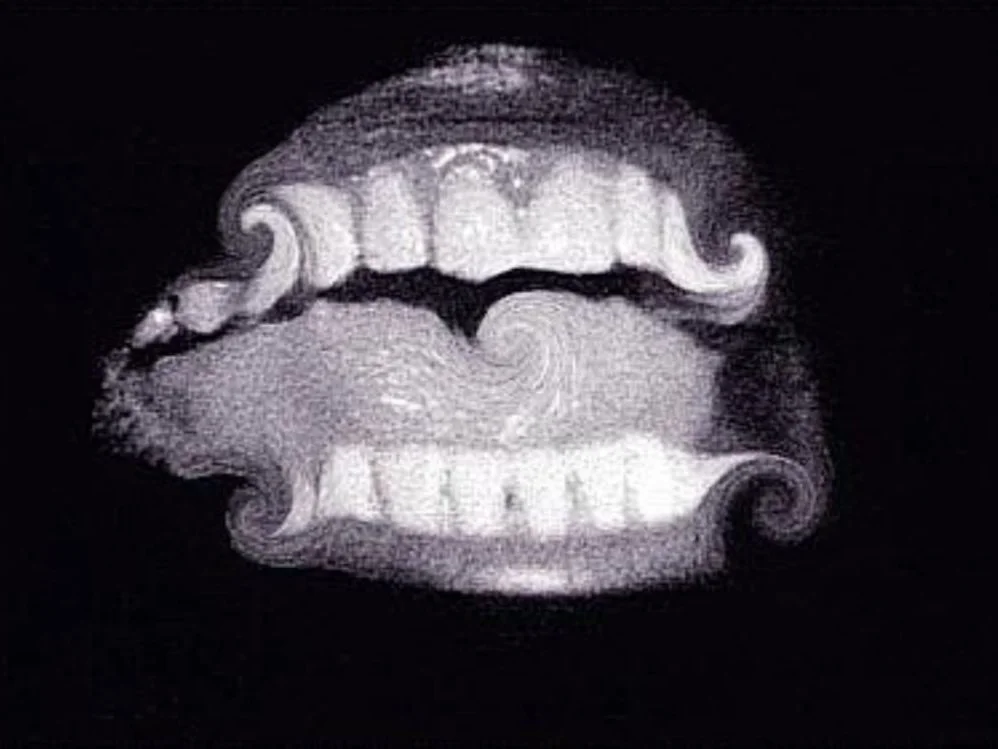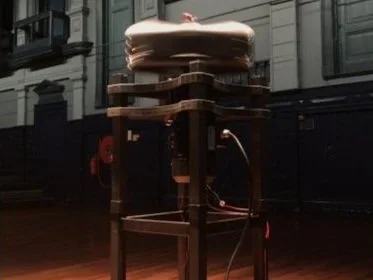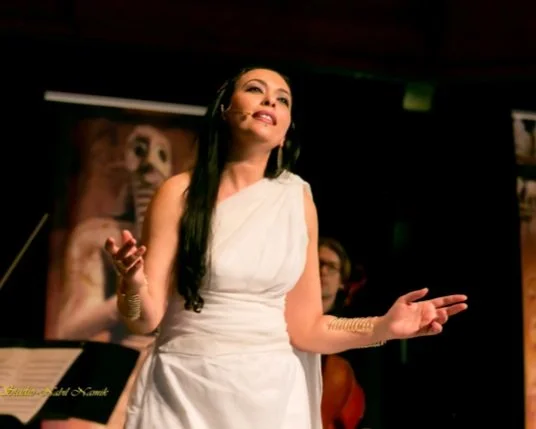practice based artistic research at LOOS
Artists conducting research at, and in collaboration with Studio LOOS, present their research in a variety of ways.
Discourse and interaction with peers as well as the public are important, and therefore the artists show the outcome of their work in the form of lectures (online, at LOOS, or in other institutions), and in concerts or in exhibition-format.
The research and artistic processes are presented in the Studio LOOS blog (link here), as well as in the The Research Catalogue.
The Research Catalogue is a sort of blank canvas which provides the artist with the means of documenting her or his research in a non-linear way, with the possibility of including a variety of media.
It allows for peer-review among artists and institutions regardless of their location, and is democratic in that only the artist her/himself is responsible for the content.
Since the artists conducting research at Studio LOOS come from a wide range of backgrounds and practices, and each with their own idea of what artistic research entails, the Research Catalogue is an effective tool in presenting the variety of artistic work that is being conducted in the LOOS environment.
what is practice based artistic research anyway?
Numerous art colleges and universities in Europe have since the 1990’s established programs in Artistic Research in which artists are encouraged to develop their own epistemological and methodical approaches to concrete problems in the arts which differ from purely scientific and artistic approaches. In view of the different forms of these disciplines it appears that interdisciplinary, hybrid forms of knowledge and their corresponding methods can neither be comprehensively described nor disciplinarily organised. At LOOS we are committed to exploring and understanding Artistic Research in its numerous manifestations and exchanging information with one another regarding new techniques and tools. Known by a variety of terms, practice-led research is a conceptual framework that allows a researcher to incorporate their creative practice, creative methods and creative output into the research design and as a part of the research output.
From Research Methodologies for the Creative Arts & Humanities: Practice-based & practice-led research:
Smith and Dean note that practice-led research arises out of two related ideas. Firstly, "that creative work in itself is a form of research and generates detectable research outputs" (2009, p5). The product of creative work itself contributes to the outcomes of a research process and contributes to the answer of a research question. Secondly, "creative practice -- the training and specialised knowledge that creative practitioners have and the processes they engage in when they are making art -- can lead to specialised research insights which can then be generalised and written up as research" (2009, p5). Smith and Dean's point here is that the content and processes of a creative practice generate knowledge and innovations that are different to, but complementary with, other research styles and methods. Practice-led research projects are undertaken across all creative disciplines and, as a result, the approach is very flexible in its implementation able to incorporate a variety of methodologies and methods within its bounds.
Most commonly, a practice-led research project consists of two components: a creative output and a text component, commonly referred to as an exegesis. The two components are not independent, but interact and work together to address the research question. The ECU guidelines for examiners states that the practice-led approach to research is
... based upon the perspective that creative art practices are alternative forms of knowledge embedded in investigation processes and methodologies of the various disciplines of performance … the visual and audio arts, design and creative writing ("Guidelines and Examination Report for Examination of Doctor of Philosophy theses in creative research disciplines," para. 1).
A helpful way to understand this is to think of practice-led research as an approach that allows you to incorporate your creative practices into the research, legitimises the knowledge they reveal and endorses the methodologies, methods and research tools that are characteristic of your discipline.
practice-based artistic researches at studio LOOS 2024
VOICE AND SONIC IMAGINATION
by Elif Gülin Soğuksu
SONIC GEOMETRY
by Nirantar Yakthumba
“VICTOR WENTIK: HET LEVEN”
by Isabella and Sara Wentik
SEWING GROUNDS
by Viktoria Nikolova
HIGH, HIGHER, HIGHEST FIDELITY
by Christian Smith
for siblings
by Lucie Nezri
ON RUINS AND SOUND
by Liza Kuzyakova
practice-based artistic researches at studio LOOS 2023
for siblings
by Lucie Nezri
AUDIO-DRIVEN LASER PERFORMANCE
by Alberto Novello a.k.a. JesterN
AVOIDING AND AFFIRMING DEFINITION
by Sean Bell
THE CREATION OF A WEB SERVER FOR THE MR.WHITE PROJECT
by Livia Malossi and Giorgio Zangarini
THE AESTHETIC QUALITIES OF MACHINE BEHAVIOURS
by Farzaneh Nouri with Arash Akbari
SONIC RUINS. CONTEMPLATIONS ON FRAGMENTATION IN EXPERIMENTAL MUSIC.
by Liza Kuzyakova
MAKING TIME TOGETHER. COLLECTIVE EXPERIENCES OF TIME IN CONTINUOUS ENSEMBLE PRACTICE
by Daniil Pilchen
JUNE - WALKING ON A LICHEN
by Leonie Roessler and pantea
EXTRA-DIMENSIONAL ACCORDION PLAYING USING A SURROUND SOUND SYSTEM
by Kaat Vanhaverbeke
VOICE AS AN ABSTRACT INSTRUMENT
by Elif Gülin Soğuksu
BODIES OF SOUND
by Kristin Norderval
MNEMONIC RELATIONSHIPS AND PERCEPTION OF SOUND
by Tilen Lebar
practice-based artistic researches at studio LOOS 2022
IOM - AIM
by Peter van Bergen and Johan van Kreij
TRANSMUTATIONS OF CLASSICAL GUITAR IN JAZZ THROUGH GUITAR IMPROVISATION EXPERIMENTS
by Olaf Tarenskeen
YOLO - A BINARY DISCOURSE
by Suzana Lasçu
SPATIAL AND SENSORY INTERACTIVE IMPROVISATION FOR OPERATICISTS
by Kristin Norderval (NO)
THEY SAY IT’S NEW
by Leslee Smucker
RAD ROTATING SPEAKER
by Johan van Kreij, Lucie Nezri, Elizaveta Kuzyakova, and Kristin Norderval
INTERACTIVE GESTURAL ARABIC SONGS
by Baidar Al Basri (IRQ)
practice-based artistic researches at studio LOOS 2021
BEFORE THE FLOOD
THE MAN OF SORROWS
PERSEPHONE
NOTES, NODES AND NOWHERE
QUEENS
TRANSFER
HERTZ
By Cristiano Melli, Elisabeth Lusche, and Anna Chocholi



